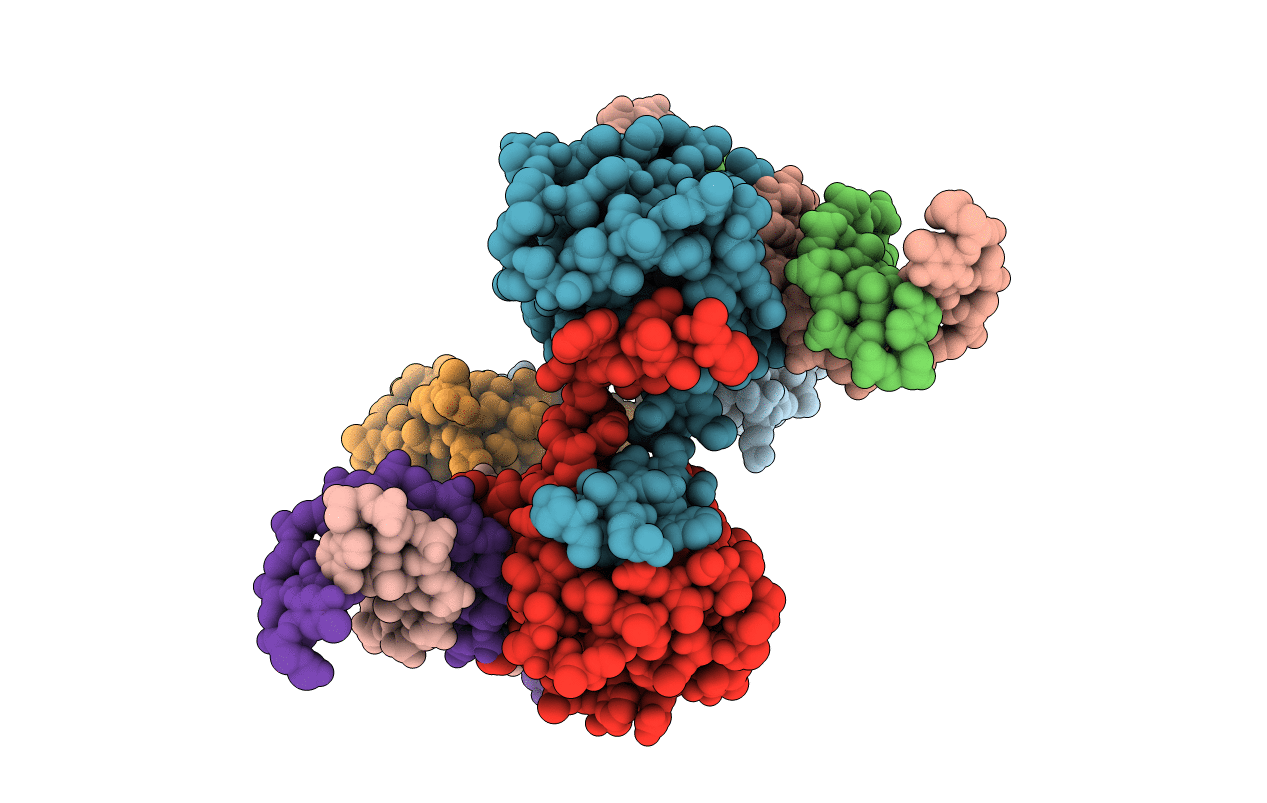
Deposition Date
2017-02-22
Release Date
2017-03-15
Last Version Date
2023-11-22
Entry Detail
PDB ID:
5X6M
Keywords:
Title:
Crystal Structure of SMAD5-MH1 in complex with a composite DNA sequence
Biological Source:
Source Organism:
Mus musculus (Taxon ID: 10090)
synthetic construct (Taxon ID: 32630)
synthetic construct (Taxon ID: 32630)
Host Organism:
Method Details:
Experimental Method:
Resolution:
3.20 Å
R-Value Free:
0.25
R-Value Work:
0.21
R-Value Observed:
0.21
Space Group:
P 31


